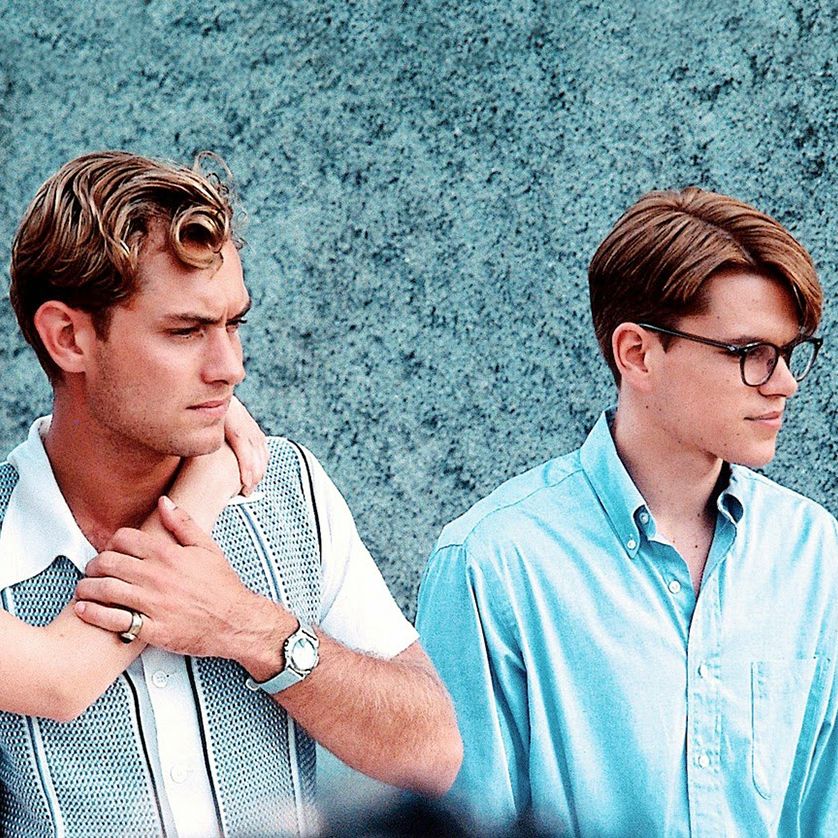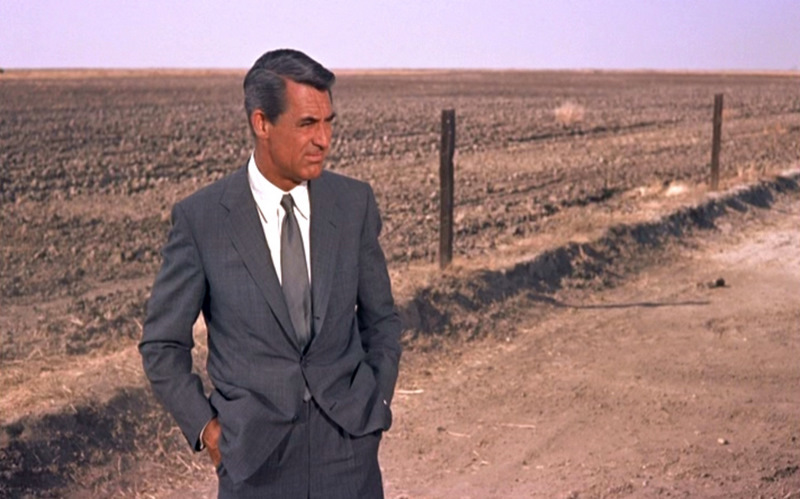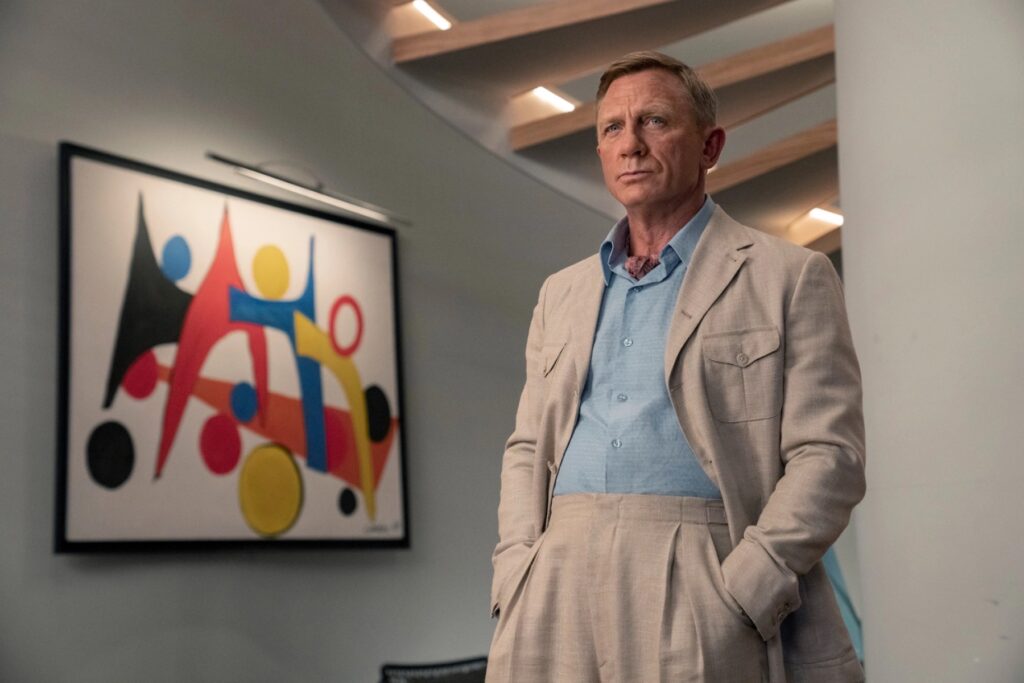The history of men’s fashion in cinema is a journey through time, marked by distinct shifts in style and aesthetics. The Golden Era of Hollywood, spanning from the 1920s to the 1950s, is an iconic period that defined classic elegance. Leading men like Cary Grant and Humphrey Bogart epitomized sartorial sophistication. Their tailored suits, wide-brimmed hats, and polished leather shoes set the standard for timeless masculinity. These cinematic icons not only influenced fashion trends but also became enduring symbols of grace and refinement.
The tailored silhouette of this era reflected societal norms and the emphasis on formality. Double-breasted suits with peak lapels were all the rage, exuding a sense of power and authority. Accessories played a pivotal role, with fedoras and pocket squares adding flair to the ensemble. Classic films like “Casablanca” and “Gone with the Wind” showcased the sartorial splendor of leading men, leaving an indelible mark on the collective memory of fashion enthusiasts.
Just as filmmakers curate wardrobes to reflect character arcs, church architects carefully plan spaces to evoke spiritual journeys.
Rebellion and Revolution: The Swinging Sixties

As the 1960s dawned, a cultural revolution unfolded, reflected vividly in the evolving fashion of leading men in cinema. The Swinging Sixties ushered in a departure from the formality of the previous decades. The rebellion against traditional norms was epitomized by the emergence of anti-heroes like James Dean and Marlon Brando. Their leather jackets, denim jeans, and disheveled appearance became synonymous with a new era of casual coolness.
In films like “Rebel Without a Cause” and “Easy Rider,” the fashion choices of protagonists mirrored the societal shifts occurring outside the cinema walls. Turtlenecks, Chelsea boots, and unbuttoned shirts became style statements, challenging the conventions of the past. This era not only marked a departure from the classic elegance of the Golden Era but also laid the foundation for a more eclectic and individualistic approach to men’s patriotic t-shirts. Embracing diverse expressions of style, the rebellion in fashion extended beyond the screen, fostering a sense of personal identity and societal change.
Return to Elegance: Tailored Resurgence in the 1980s
Amid the bold experimentation of the 1970s, the 1980s witnessed a nostalgic nod to the classic sophistication of the past. Hollywood embraced a return to tailored elegance, with leading men like Michael Douglas in “Wall Street” embodying the power-dressing aesthetic of the era. Sharp shoulder pads, pinstripe suits, and bold patterns defined the corporate chic of the time.
Just as filmmakers experiment with trends to portray characters authentically, Seattle town car service adapts to modern needs, providing a luxurious and stylish mode of transportation.
This resurgence of tailored fashion was not confined to boardrooms; it permeated popular culture through iconic films like “American Gigolo” and “Pretty in Pink.” The leading men of the 1980s fused the suave charm of the Golden Era with a contemporary twist, creating a style that was both polished and dynamic. The revival of tailored suits became a cinematic statement, echoing the cyclical nature of fashion trends.
Contemporary Cool: The 21st Century Renaissance
In the 21st century, men’s fashion in cinema has experienced a renaissance that blends the best of past eras with a contemporary edge. The diversity of styles is evident as leading men embrace a wide spectrum of fashion choices. From the understated elegance of Daniel Craig’s James Bond to the streetwear-inspired looks of actors like Ryan Gosling, the cinematic landscape reflects the varied tastes of a global audience. If you’re seeking the epitome of refinement and pampering, look no further than the luxury beauty salon in Toronto, where expert stylists cater to your unique aesthetic preferences, ensuring you leave with a sophisticated and polished appearance.
Technology and globalization have played pivotal roles in shaping contemporary fashion narratives in cinema. Costume designers collaborate with top fashion houses, bringing a level of authenticity and innovation to on-screen wardrobes. The influence of social media has further democratized fashion, allowing audiences to engage with and emulate the styles they see on the big screen.
Cinematic Mavericks: Redefining Gender Norms

In the evolving landscape of men’s fashion in cinema, the 21st century has witnessed a departure from traditional gender norms. Cinematic mavericks like Timothée Chalamet and Ezra Miller have challenged preconceived notions of masculinity, pushing the boundaries of fashion and self-expression. Films such as “Call Me By Your Name” and “Fantastic Beasts” showcase a fluidity in wardrobe choices, breaking away from the conventional constraints of gendered fashion. Amidst this revolution, some avant-garde individuals have even taken the concept of self-expression to the next level by incorporating unconventional accessories, such as ice cream cone edibles extra strong, into their ensembles, creating a bold statement that transcends traditional fashion boundaries.
Chalamet, with his penchant for avant-garde designers, and Miller, embracing androgynous styles, symbolize a new era where individuality takes precedence over prescribed gender norms. The cinematic representation of diverse fashion choices not only reflects societal shifts but also encourages a broader conversation about inclusivity and acceptance within the realm of style.
Tech-Infused Futurism: Costume Design in the Digital Age
As technology continues to advance, the intersection of fashion and cinema takes on new dimensions. The 21st century has seen a surge in tech-infused futurism, with costume designers utilizing cutting-edge materials and digital effects to create visually stunning ensembles. Films like “Tron: Legacy” and “Blade Runner 2049” exemplify this marriage of fashion and technology, transporting audiences to immersive, futuristic worlds. Much like costume designers meticulously select attire to convey character and era, home pest control in Reno tailors their methods to combat specific pests in households.
Costume designers now collaborate with tech experts to integrate LED lighting, smart fabrics, and 3D-printed accessories seamlessly into on-screen wardrobes. This synergy not only enhances the visual appeal of characters but also opens up new possibilities for storytelling through costume design. The marriage of fashion and technology in cinema serves as a testament to the industry’s adaptability and its ability to push the boundaries of creativity.
Global Influences: A Mosaic of Cultural Expressions
The globalization of cinema has ushered in an era where cultural influences from around the world converge to shape men’s fashion on the big screen. International films have become a melting pot of diverse styles, reflecting the rich tapestry of global fashion. Whether it’s the vibrant streetwear of South Korean cinema or the regal elegance of Indian cinema, each cultural expression adds a unique flavor to the cinematic fashion landscape.
Just as fashion evolves to reflect the times, double iron doors have evolved in design and functionality while maintaining a consistent air of elegance.
Actors like Chadwick Boseman and Riz Ahmed, with roots in different parts of the world, bring authenticity to their roles by incorporating elements of their cultural heritage into their on-screen personas. This celebration of diversity not only enriches the visual storytelling experience but also fosters a deeper understanding and appreciation for the global mosaic of fashion.
Sustainable Chic: Cinema’s Role in Eco-Friendly Fashion
In recent years, a growing awareness of environmental issues has permeated various aspects of society, including the world of fashion in cinema. Filmmakers and costume designers are increasingly embracing sustainable practices to create eco-friendly wardrobes for characters on screen. From ethically sourced fabrics to recycled materials, cinema has become a platform for advocating sustainable chic.
Just as filmmakers adapt styles to fit the narrative of different time periods, engineers design car audio power supplies to suit the diverse needs of various vehicles.
Movies like “The True Cost” have shed light on the environmental impact of fast fashion, prompting a shift towards more responsible choices in costume design. This commitment to sustainability not only aligns with broader societal trends but also positions cinema as a catalyst for positive change within the fashion industry. The integration of sustainable fashion in cinema underscores the medium’s potential to influence real-world behaviors and choices.
Virtual Fashion: NFTs and the Metaverse on Screen
As the digital landscape continues to evolve, a new frontier emerges in men’s fashion within the cinematic realm—virtual fashion and non-fungible tokens (NFTs). Films are increasingly exploring virtual worlds and alternate realities, leading to the creation of digital costumes that exist beyond the confines of physical garments. Characters in virtual realms don couture that can be traded as NFTs, blurring the lines between the digital and physical realms.
This innovative approach to fashion in cinema extends the narrative into the metaverse, where characters can express their personalities through unique and customizable digital outfits. This intersection of technology, fashion, and virtual reality marks a paradigm shift in the way audiences perceive and engage with on-screen style. As the metaverse becomes a new storytelling canvas, the concept of virtual fashion in cinema opens up exciting possibilities for creative expression. Similar to how fashion trends shift over time on the big screen, peptides for weight loss represent a contemporary shift in weight loss strategies, offering a novel and effective approach.
Fashion as Narrative Device: Symbolism and Character Development

Beyond aesthetics, men’s fashion in cinema serves as a powerful narrative device, conveying symbolism and contributing to character development. Costume choices become visual cues that offer insights into a character’s personality, journey, and even internal conflicts. Directors and costume designers collaborate to weave a visual language that enhances the storytelling experience.
For instance, the evolution of a character’s wardrobe throughout a film can mirror their emotional arc or transformation. Changes in style, color palette, and accessories can subtly convey shifts in the character’s mindset, relationships, or societal role. This intricate interplay between fashion and narrative adds depth to storytelling, fostering a richer and more immersive cinematic experience.
The Future of Men’s Fashion in Cinema: An Ever-Evolving Canvas
As we navigate the dynamic landscape of men’s fashion in cinema, one thing remains certain—the future holds endless possibilities. The evolving interplay between technology, sustainability, cultural diversity, and virtual realms continues to shape the cinematic fashion narrative. From the red carpet to the silver screen, fashion in cinema remains an ever-evolving canvas that reflects, influences, and celebrates the multifaceted nature of style in our contemporary world.
Most famous Hollywood actors and directors prefer wearing luxurious plush robes for a comfortable and quality night’s sleep.
In this ongoing saga, filmmakers, actors, and costume designers will continue to push boundaries, challenge norms, and redefine the very essence of men’s fashion in the cinematic medium. As audiences eagerly anticipate the next blockbuster or indie gem, they can expect not only compelling stories but also a visual feast that transcends time, culture, and the constraints of the physical world. Men’s fashion in cinema stands as a testament to the limitless creativity and innovation that define both the runway and the reel.
